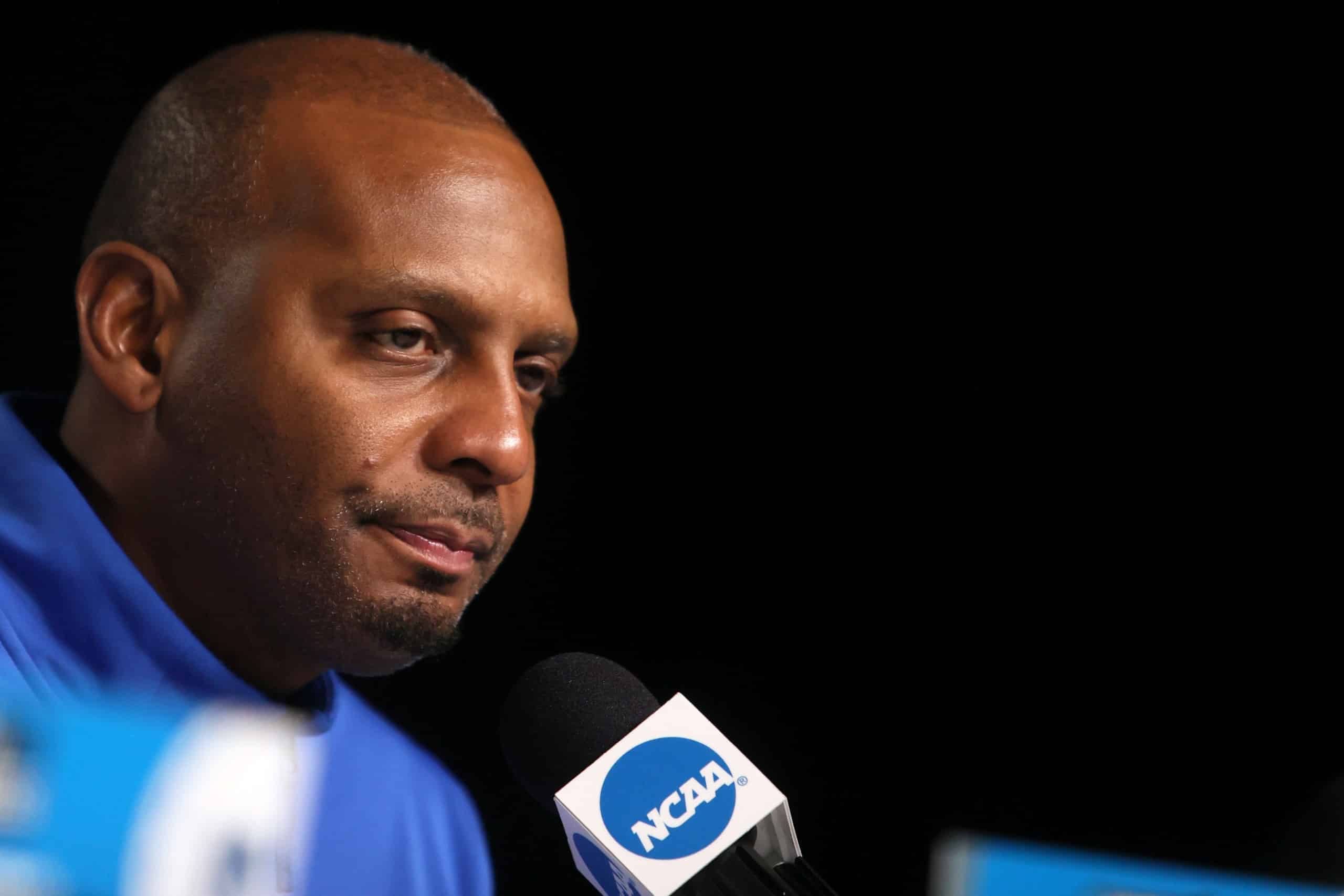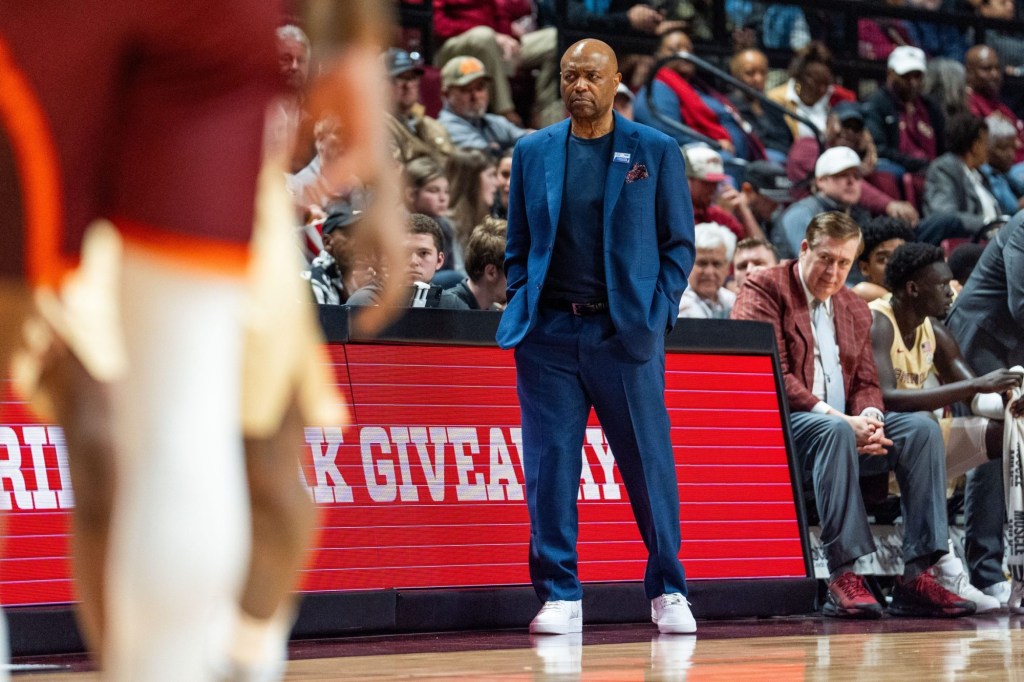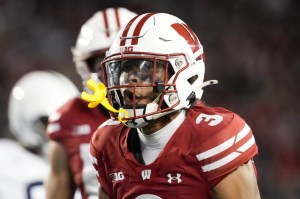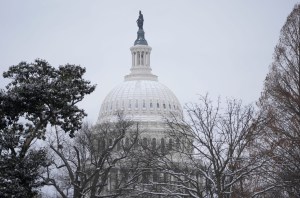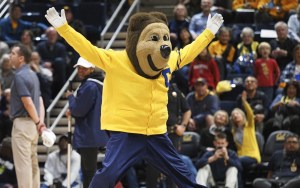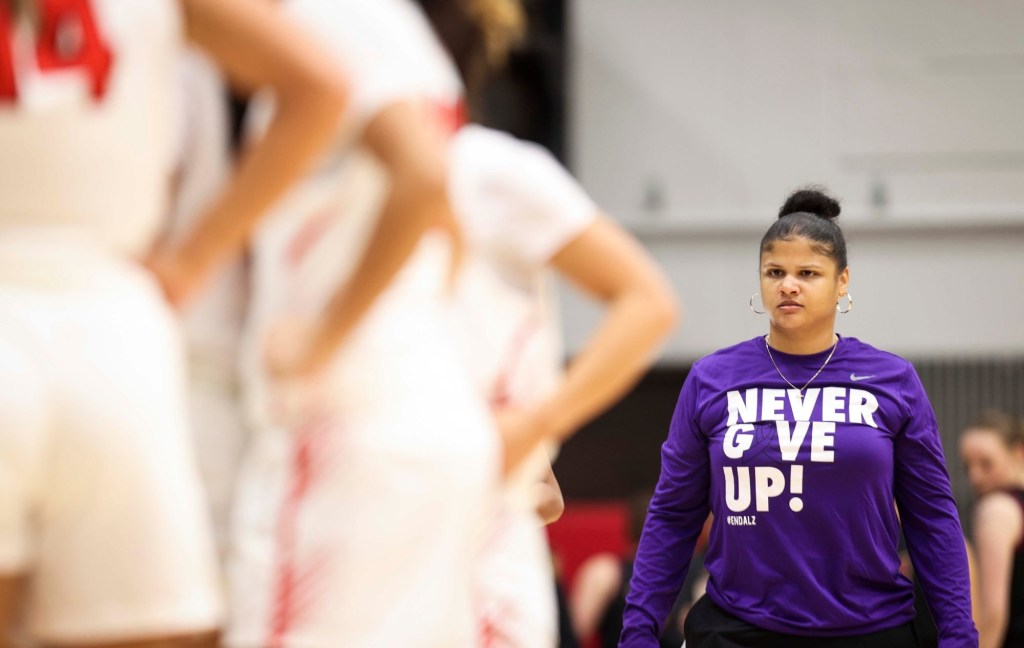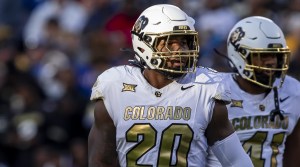To understand the dysfunction of the NCAA’s infractions process, look no further than Tuesday’s decision regarding the Memphis men’s basketball team.
An Independent Accountability Resolution Process panel found that Memphis men’s basketball coach Penny Hardaway provided impermissible benefits to players including James Wiseman, but that those benefits didn’t constitute major violations.
The group said they wanted to focus on punishing responsible administrators rather than players, and therefore did not implement a postseason ban. The school received only a few years of probation, a fine, and vacation of wins when illegible players participated.
Whether or not the decision itself was too lenient, the real dysfunction lies in the very existence of the investigation:
- The IARP is still adjudicating cases even after NCAA members have voted to dissolve it.
- As a result, schools involved in the process will still have to serve punishments despite receiving them from a lame-duck governing body.
The IARP was created in 2019 to oversee particularly complex cases and is made up of non-NCAA officials.
But a few months ago, NCAA members voted to recalibrate the governing body’s infractions process, which they acknowledge is inconsistent, overly complex, and much too lengthy. Part of that recalibration included ending the IARP.
And yet, the group is still going to complete its current cases — NCAA Vice President of Hearing Operations, Derrick Crawford, said he hopes they’ll be completed by spring or summer of next year.
At that point, the NCAA will likely implement a completely new constitution and infractions process.
As for how NCAA members should consider the merits of the IARP’s decisions, panel member Hugh Fraser said he believed the decisions should be given the thorough investigations process.
Crawford said he expected lawyers to cite these cases to argue points in the future.
But as for the NCAA, “I think the Committee on Infractions will certainly be mindful … but I don’t feel that they will be bound by [our decisions.]”
